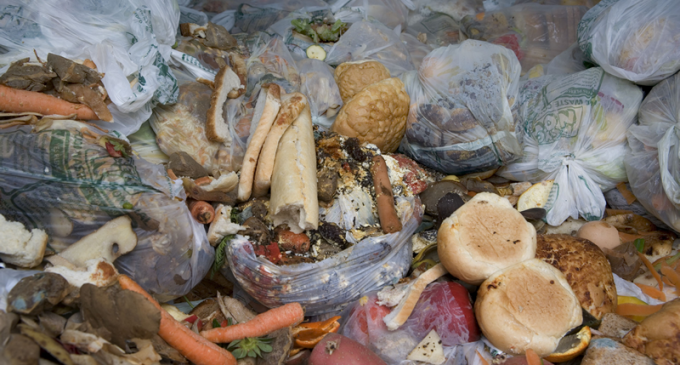New Insights Help Industry Target Household Food Waste Reduction

New insights on how to reduce household food waste can help industry target their activity and enable their customers to waste less and save money. The report released from WRAP highlights that 2 million tonnes of household food is discarded because it is not ‘used in time’, half of which is thrown away whole or in unopened packaging, costing consumers around £2.4 billion a year.
In a third of cases (660,000t), passing a date label triggered disposal, while foods judged by consumers to have ‘gone off’ before they could be eaten (mouldy, stale etc) were responsible for most of the remaining 1.3 million tonnes. Significant progress has been made around clarifying date labels and storage guidance to keep food fresher for longer, under WRAP’s Courtauld Commitment, but the level of waste clearly shows more needs to be done in these and other areas.
This report highlights how spreading best practice across a sector could lead to significant waste reductions. The dairy sector is a great example, where their change from ‘use by’ to ‘best before’ for most hard cheeses could be applied to suitable yoghurts. This could help reduce the £130 million of yoghurts thrown away each year, saving consumers money and reducing the impact on the environment.
Using insight to target industry and consumer action is vital, and was hugely instrumental in helping to reduce household food waste by 21% from 2007-2012. The new Household Food & Drink Waste: a product focus report builds on this by identifying new areas to tackle, through focusing on why and when food waste occurs.
Three of the report’s main recommendations are:
* Ensure packaging design and storage guidance help consumers keep food fresher for longer and build upon the work of Love Food Hate Waste’s Fresher for Longer initiative
Maximise the length of shelf life and use a ‘best before’ date on perishable foods, where possible.
* Accelerate the roll out and increase public awareness of the ‘freeze before date mark’ label (replacing ‘freeze on day of purchase’).
* Given that 90% of waste occurs in amounts more than 50g (3.8 million tonnes), the weight of an average tomato, and a third in amounts more than 400g (1.4 million tonnes), the weight of a small loaf of bread, there is a real opportunity to tackle a large volume of waste by finding new ways of helping people buy and use the amounts of food they need.
Packaging innovation and product development have a role to play here. Over the last seven years the role of packaging to minimise food and drink waste has evolved significantly – including vacuum packaging and the use of novel materials to extend shelf-life, resealable and portion packs. The report sets out recommendations including the introduction of a range of pack sizes, that are still value for money, and offering smaller multipacks that will help meet the needs of changing demographics.
This report is published to coincide with Love Food Hate Waste’s 10 Cities campaign, which encourages people in major urban centres to get thinking about what they waste and actions they can take to reduce this and save money. The campaign will help the food and drink sector meet the Courtauld target to reduce household food waste by 5% by 2015 against a 2012 baseline. Love Food Hate Waste is also calling for everyone to get thinking about what they throw away and what they might be able to do instead to ensure that good food doesn’t go to waste.
The campaign will work in partnership with local authorities and major grocery retailers including Tesco, ASDA, Sainsbury’s, Morrisons, The Co-operative Food, Central England Co-operative and M&S.
David Moon, Head of Food Sustainability at WRAP, says: “A significant amount of work has already been undertaken by the sector to introduce innovative approaches to keep food fresher for longer, but with 4.2Mt of edible food thrown away each year from the home, more needs to be done. These valuable insights will enable the food industry to target their interventions in the areas that will deliver the greatest reduction in food waste and save consumers money.”


























